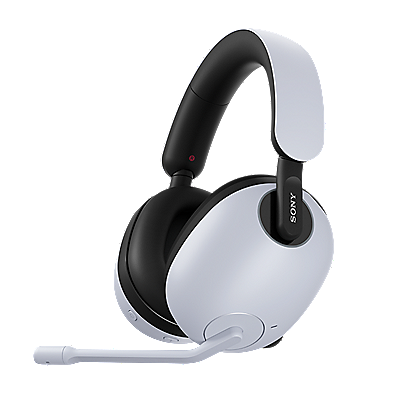When a peripheral does not work properly
Check items and actions when a peripheral does not work properly. Basic check items and actions when a user calls since peripherals that the user added (such as an expansion card, PC card, or drives) do not work properly.
Check items:
===========
- Current environment. Especially, about added peripherals and installed applications.
- Operating status. If the peripheral is not recognized, is recognized but not works, can be used sometimes, could be used before but not now, and so on.
- Specifications of the peripheral. Product name, model number, interface (AGP, PCI, ISA, CardBus and so on), and others.
- Make sure that the peripheral is connected correctly, and cables, an expansion board, or a PC card are securely inserted. Not only by checking visually, unplug and plug them actually.
- Location of the slot and connector where the peripheral is connected such as either top or bottom of the PCMCIA socket.
- Make sure that there is no conflict such as IRQ, memory address, and so on.
- Setting conditions such as IRQ, DMA, I/O port address, memory address and others.
- BIOS version
- Driver version
Check items:
===========
- Current environment. Especially, about added peripherals and installed applications.
- Operating status. If the peripheral is not recognized, is recognized but not works, can be used sometimes, could be used before but not now, and so on.
- Specifications of the peripheral. Product name, model number, interface (AGP, PCI, ISA, CardBus and so on), and others.
- Make sure that the peripheral is connected correctly, and cables, an expansion board, or a PC card are securely inserted. Not only by checking visually, unplug and plug them actually.
- Location of the slot and connector where the peripheral is connected such as either top or bottom of the PCMCIA socket.
- Make sure that there is no conflict such as IRQ, memory address, and so on.
- Setting conditions such as IRQ, DMA, I/O port address, memory address and others.
- BIOS version
- Driver version






















